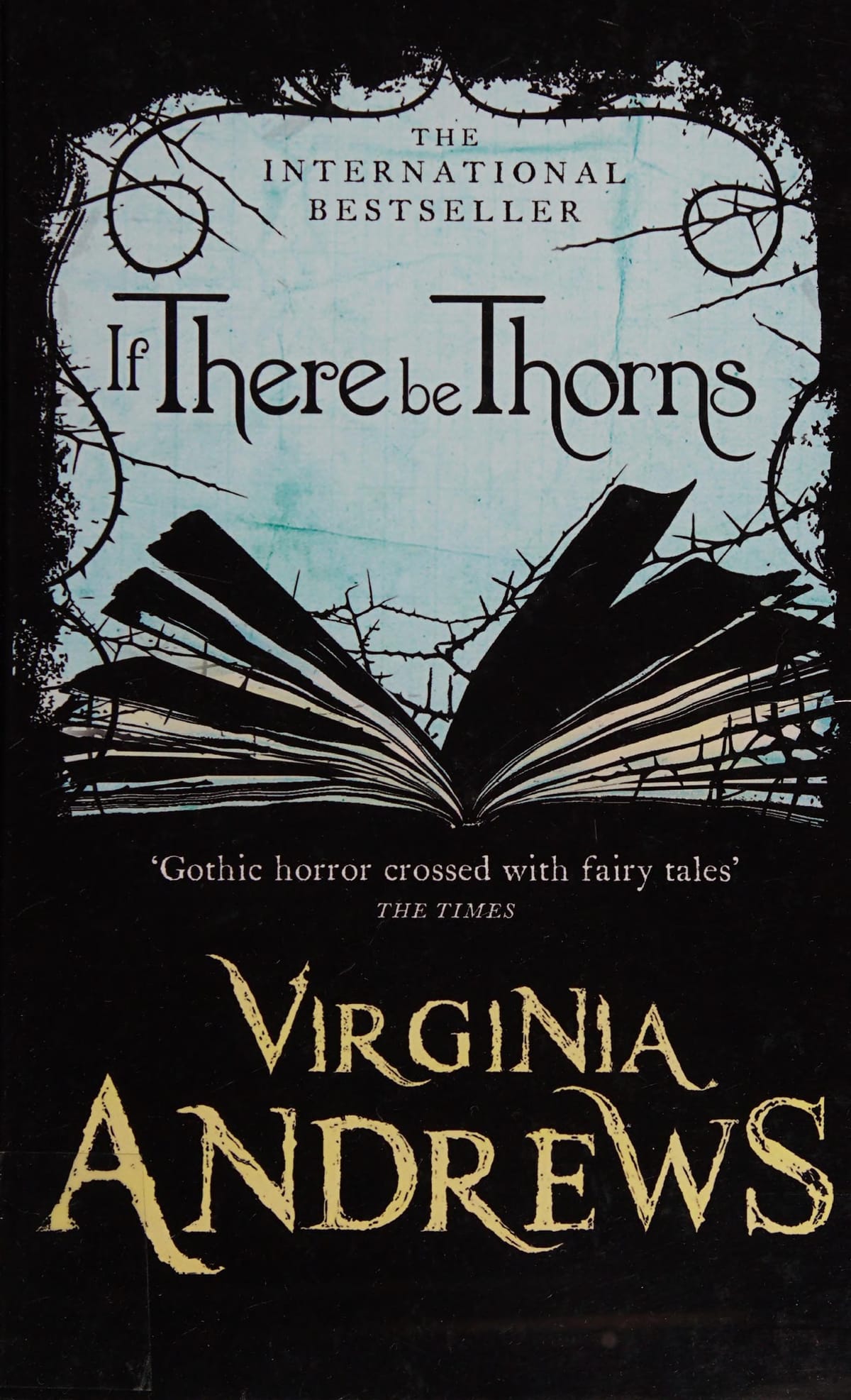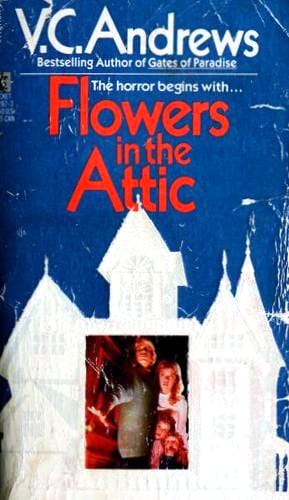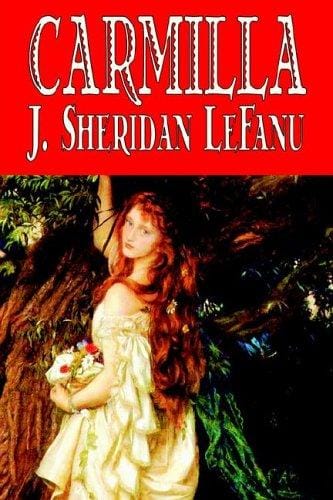If There Be Thorns: An In-Depth Look at V.C. Andrews’ Gothic Family Saga
In-depth look at V.C. Andrews’ If There Be Thorns—plot summary, central themes, key characters, TV movie, and reading guide for gothic fiction fans.

Introduction: Why "If There Be Thorns" Still Resonates
First published in 1981, V.C. Andrews’ If There Be Thorns is the third installment in the haunting Dollanganger series that began with Flowers in the Attic. Blending Southern-gothic ambience, psychological suspense, and taboo family secrets, the novel continues to fascinate readers more than four decades later. This article unpacks the story, themes, and cultural legacy behind Andrews’ dark tale, offering both longtime fans and newcomers an 800-word guide to everything they need to know.
Plot Summary: A House of Secrets and Suspense
The narrative shifts perspective from Cathy and Chris Dollanganger, the surviving siblings who escaped their attic prison in the first two books, to Cathy’s two sons: Jory, a disciplined ballet prodigy, and Bart, a troubled child with a flair for theatrics. Living in California under assumed names, the family seems outwardly prosperous, but emotional scars linger just beneath the surface.
Tension escalates when a mysterious, veiled woman moves into the abandoned mansion next door. Unbeknownst to the boys, she is their estranged grandmother, Corrine, whose past cruelty trapped the original Dollanganger children in the attic. Corrine’s re-entry into their lives sets off a chain of manipulations spearheaded by her sinister butler, John Amos, who feeds Bart poisonous stories from Malcolm Foxworth’s journal—stories that glorify misogyny, religious extremism, and familial domination.
As Bart absorbs these toxic beliefs, he grows increasingly unstable, staging violent fantasies and turning against his parents. Meanwhile, Jory grapples with guilt over family secrets he barely comprehends. The climax arrives during a fiery confrontation in which the Foxworth estate literally goes up in flames, symbolizing an attempt to purge generations of deceit. In the aftermath, Cathy and Chris must decide whether they can ever truly break free from their cursed lineage.
Key Characters: Old Wounds, New Eyes
Bart Sheffield
Bart’s psychological unraveling is the novel’s engine. Torn between craving parental approval and loathing their perceived sins, he embodies inherited trauma at war with personal identity.
Jory Sheffield
Sensitive and disciplined, Jory serves as a moral counterbalance to Bart. His ballet training mirrors his desire for control amid chaos.
Cathy Dollanganger
Now a mother, Cathy battles guilt over her incestuous relationship with Chris while striving to protect her children from repeating history.
Chris Dollanganger
Ever rational, Chris turns to his medical career to cope, but his role as both father and uncle to the boys exposes the moral gray areas the series is famous for.
Corrine Foxworth
Corrine seeks redemption yet remains a catalyst for disaster, showing how remorse without accountability can be destructive.
Major Themes: Thorns Beneath the Roses
Cycle of Abuse
The novel’s central question is whether familial cycles of abuse can be broken. Andrews illustrates how secrecy and denial pass trauma from one generation to the next.
Religious Hypocrisy
Through Malcolm’s journal and John Amos’ fanaticism, religion becomes a weapon that justifies cruelty, alerting readers to the dangers of dogma divorced from compassion.
Identity and Duality
Characters lead double lives—new names, hidden relationships—highlighting the tension between outward appearances and inner truths.
Nature vs. Nurture
Bart’s transformation invites debate over inherited evil versus environmental influence, a staple conflict in gothic literature.
Style and Tone: Classic V.C. Andrews
Andrews’ prose is lush yet accessible, peppered with sensory detail that heightens dread. She uses first-person narration from the boys’ alternating viewpoints, allowing readers to experience innocence corroded by corruption. The claustrophobic domestic settings, from cluttered bedrooms to dusty attics, create a feeling that escape is impossible even in wide-open California.
Adaptations: From Page to Screen
Lifetime adapted If There Be Thorns into a television movie in 2015, starring Heather Graham and Jason Lewis. While the film condenses subplots and softens explicit content, it captures the novel’s eerie atmosphere and familial tension. For viewers who discover the story through the adaptation, reading the book adds psychological layers the screen version can only hint at.
Why Read "If There Be Thorns" Today?
Modern audiences remain captivated by narratives exploring generational trauma—a topic discussed widely in contemporary psychology circles. Andrews tackled these issues before they became mainstream, making her work surprisingly ahead of its time. Additionally, the novel’s critique of performative morality and its portrayal of mental health struggles resonate strongly in the age of social media and increased mental health awareness.
For fans of gothic fiction, the book offers all the classic ingredients: a mysterious mansion, forbidden secrets, and emotionally intense stakes. Yet it also reads like a family drama, making it approachable for readers who might not normally pick up horror or gothic novels.
Reading Tips and Suggested Editions
Because If There Be Thorns is part of a series, newcomers should ideally start with Flowers in the Attic and Petals on the Wind to appreciate the character arcs fully. However, the novel offers enough backstory to stand on its own if you prefer diving right in. Look for the 2011 Pocket Books reissue, which includes an author biography and discussion guide.
Consider listening to the unabridged audiobook narrated by Corey Brill and Joy Osmanski. Their alternating voices add dimension to the brothers’ perspectives and enhance the chilling atmosphere.
Final Thoughts: The Enduring Allure of Thorny Tales
If There Be Thorns endures because it fearlessly investigates the darkest corners of family life while still offering a glimmer of hope that cycles can be broken. By merging sensational plot twists with psychological depth, V.C. Andrews created a novel that feels both shockingly gothic and painfully human. Whether you’re revisiting the Dollangangers or meeting them for the first time, prepare for a journey that proves some stories, like some wounds, never completely heal—but confronting them is the first step toward freedom.


